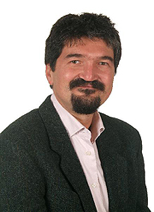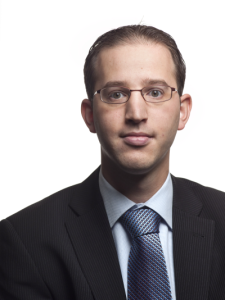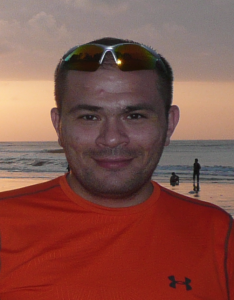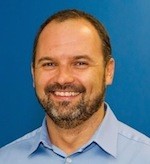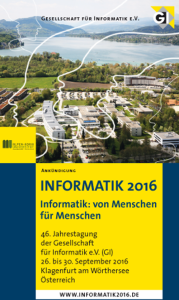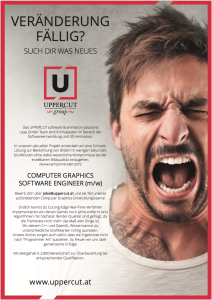Oge Marques | Distinguished ACM Speaker | Florida Atlantic University (FAU) | May 18, 2016 | 08.30am – 10.00am | E.2.42
Abstract: Vision is our most developed sense and one upon which we rely to make many decisions, conscious or otherwise. Many of our everyday interactions, such as driving a car, greeting familiar faces on the street, or deciding which dish to order at a restaurant, are guided by our visual sense. For the most part, this works well. But sometimes we are reminded of our visual system’s limitations and surprising behavior through optical illusions that exploit misjudgments in size, distance, depth, color and brightness, among many others. This lecture presents and explains a diverse collection of visual perception phenomena that challenge our common knowledge of how well we detect, recognize, compare, measure, interpret, and make decisions upon the information that arrives at our brain through our eyes. It also explains the relationships between the latest developments in human vision research and emerging technologies, such as: self-driving cars, face recognition and other forms of biometrics, and virtual reality. After seeing a large number of examples of optical illusions and other visual phenomena, this talk will make you wonder: can you really trust what you see?
Video:
Slides:
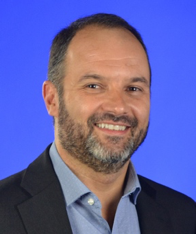 Bio: Oge Marques is Professor of Computer and Electrical Engineering and Computer Science at Florida Atlantic University (FAU) (Boca Raton, Florida). He has more than 25 years of teaching and research experience in the fields of image processing and computer vision. His research interests are in the area of intelligent processing of visual information, which combines the fields of image processing, computer vision, image retrieval, machine learning, serious games, and human visual perception. He is the (co-) author of two patents, more than 100 refereed journal and conference papers, and several books in these topics, including the textbook Practical Image and Video Processing Using MATLAB (Wiley-IEEE Press, 2011). He is Editor-in-Chief (with Borko Furht) of the upcoming 3rd edition of the Encyclopedia of Multimedia (http://encyclopediaofmultimedia.com). He is a senior member of both the ACM and the IEEE and a member of the honor societies of Tau Beta Pi, Sigma Xi, Phi Kappa Phi, and Upsilon Pi Epsilon.
Bio: Oge Marques is Professor of Computer and Electrical Engineering and Computer Science at Florida Atlantic University (FAU) (Boca Raton, Florida). He has more than 25 years of teaching and research experience in the fields of image processing and computer vision. His research interests are in the area of intelligent processing of visual information, which combines the fields of image processing, computer vision, image retrieval, machine learning, serious games, and human visual perception. He is the (co-) author of two patents, more than 100 refereed journal and conference papers, and several books in these topics, including the textbook Practical Image and Video Processing Using MATLAB (Wiley-IEEE Press, 2011). He is Editor-in-Chief (with Borko Furht) of the upcoming 3rd edition of the Encyclopedia of Multimedia (http://encyclopediaofmultimedia.com). He is a senior member of both the ACM and the IEEE and a member of the honor societies of Tau Beta Pi, Sigma Xi, Phi Kappa Phi, and Upsilon Pi Epsilon.
 SALOMON AUTOMATION, ein Unternehmen der SSI SCHÄFER Gruppe, ist führender Anbieter von Logistiksoftware und Logistiksystemen für den Handel, die Konsumgüterindustrie und das Transportwesen.
SALOMON AUTOMATION, ein Unternehmen der SSI SCHÄFER Gruppe, ist führender Anbieter von Logistiksoftware und Logistiksystemen für den Handel, die Konsumgüterindustrie und das Transportwesen.


